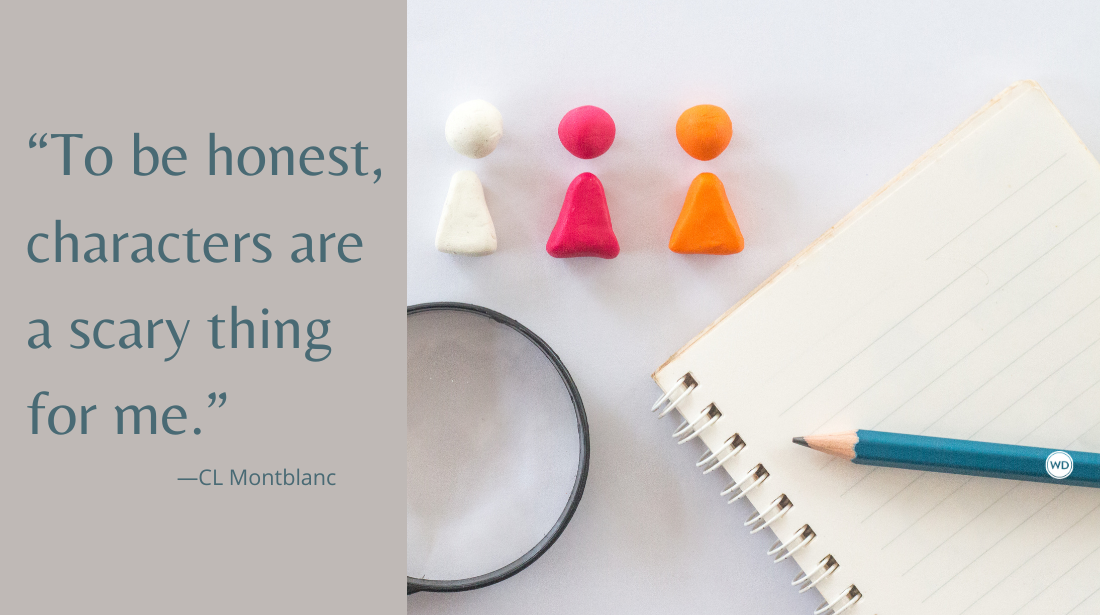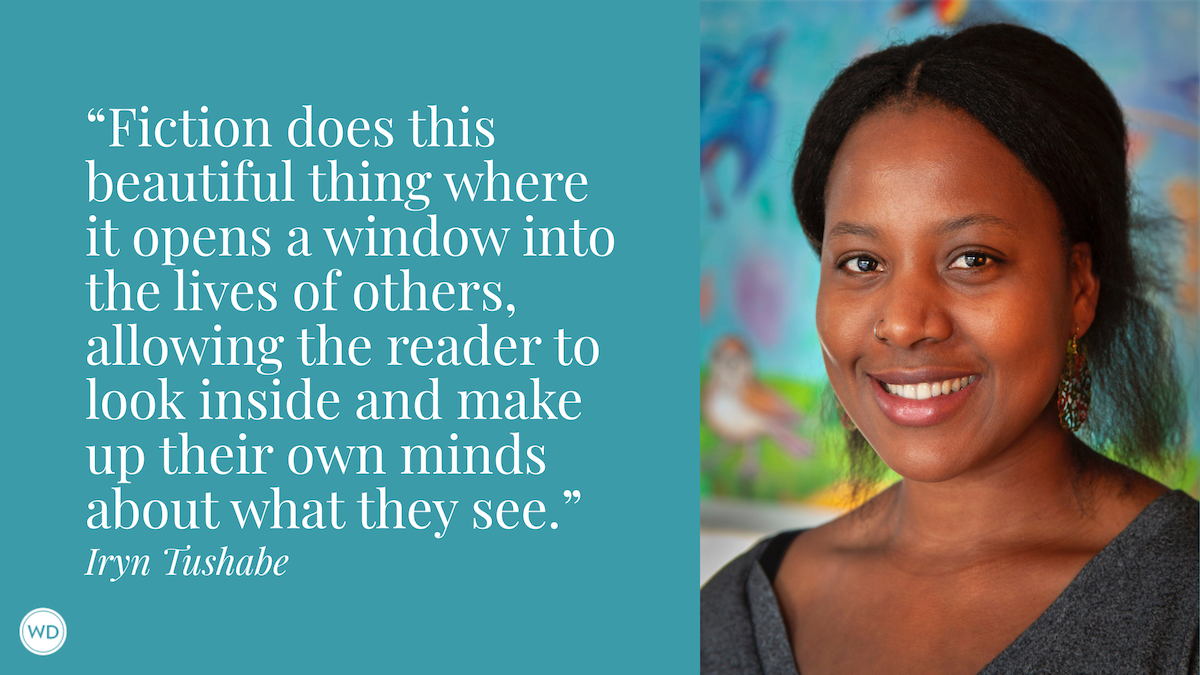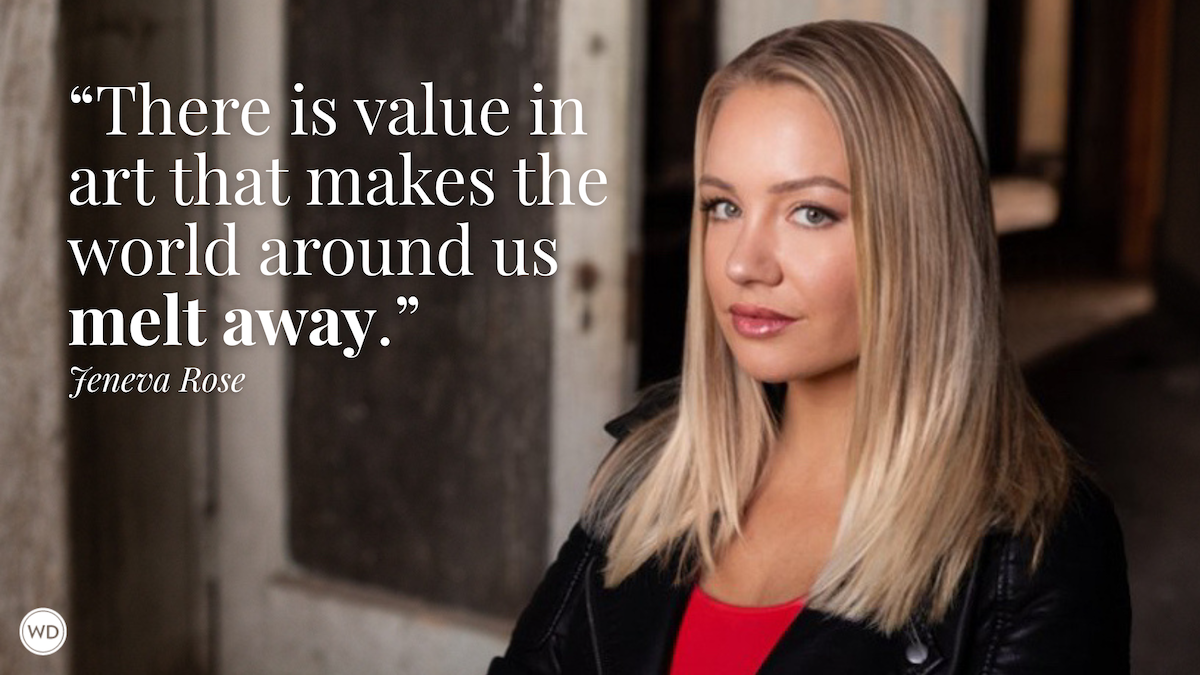From Ghosting to Vampires: A Writer’s Journey
Julie Rogers discusses her journey as both an author and a ghostwriter, including how taking a break from writing led to her latest novel about vampires.
The alien romance you just downloaded because someone reviewed it as hot, hot, hot? That might’ve been me. The next MI6 Bond, James Bond? Also me. The YA fantasy that readers say they could read again and again? Could be me.
That’s because I’m a ghost. A ghostwriter, specifically.
My dual roles of ghostwriter or author didn’t happen side-by-side or all at once, either. After my dad and I stumped across several college campuses and I chose Southern Methodist University’s school of journalism, I split the difference between athletic training as my day job and writing contributing articles as a mere side hustle for many years.
My first book was published when I was 42, and I was drilling down on my fifth novel when I stumbled upon ghosting and editing. At the time, I was participating in an Austin writers’ guild, and as I understood it then, a ghostwriter by definition was a person who wrote for hire in the name of another. I’d read for example about heirs of Louis L’Amour, V. C. Andrews, and Ernest Hemingway having published these authors’ works posthumously—and while some were unpublished originals, others were ghostwritten in their writing styles.
As I was soon to discover, I usually ghost for clients who don’t have time to write, struggle with English as a second language, or just can’t get their ideas organized.
So, my day job over the past 10 years became this service to help others, which I soon realized I was cut out for all along. I especially like working with first-time indie authors as a one-stop shop—helping them write, package, and get quality books on the market.
I kid you not, while I say I enjoy ghostwriting, it comes with its own unique challenges. I think every ghostwriter or editor needs a core group of listeners with which they share anonymous bytes—readerly wise friends and fellow trenchers—especially concerning the check-and-balance syndrome in this business. I know very few clients who crave having their work or their ideas picked apart, for example. I also have regular Friday lunches with one of my proofreaders for reviewing such formidable woes. The development of healthy critique tactics and good market knowledge are the life and breath of any ghostwriter. This growth process takes time, experience, and an equivalent number of hard knocks.
If you hang out your shingle and sign on to work, the days go by quickly. After just a few years freelancing with Upwork and James Innes Group, I’d already checked in on a variety of projects with clients across the globe. From novellas to novel series and screenplays to the stage, I’d written a metric shit-ton of material. I’d ghosted self-help, how-to, inspirational, spiritual, blog, technical, academic, plus resume and LinkedIn profile enhancements. Genres I’d worked on included YA, children’s, adult fantasy, stories based upon or inspired by true events, memoirs, paranormal, sci-fi, and romance—as well as thriller, horror, and action adventure.
Fast-forward to 2020. By that point I’d written so much, I’d developed a bit of a jaundiced attitude toward story fare. What made a story worth telling? We’d just gone through a pandemic, and I’d lost both parents within two years of each other. I took some time off to process and hadn’t written for 14 months. I did have a running list of story ideas and aha moments I’d jotted down when I was in the thick of finishing said work on something else for everybody else. I posed the question to my very intuitive writer, friend, and listener, Lois DiMari. Which story do you think is worth me writing–as myself? She chose Falling Stars, and I had a good feeling about it too.
I’d studied vampire lore since grade school and had ghosted three books about vampires. These books were far more graphic and dystopian in nature, set during a future world war happening largely in bombed-out military zones and reconstituted American territories. The vampires in these stories I ghosted were more feral in nature, their behavior governed by clan hierarchy and trying to find their next meal under martial law.
For Falling Stars, I wanted to reintroduce the romantic vampire—what some say is the original vampire story in Greek myth, a love affair between a young Italian adventurer, Ambrogio, and a Delphi temple maiden, Selene. I also decided to cast Viscount Claudius Fallon in this story as a sick dhampyre, or a vampire-human hybrid. He does crave red meat, but his major issue isn’t a desire for blood so much; it’s surviving his own congenital leukemia.
The nine-year-old boy in this story, Tommy Lucas, believes that Fallon, an urban legend, is still alive and well in his hometown. Tommy has his own dilemma (an incurable blood cancer called paroxysmal nocturnal hemoglobinuria, or PNH), which he believes is similar enough to Fallon’s own disease process to confirm he’s a vampire, too.
Tommy’s fantasy is not entirely unfounded. Some of the first “natural” vampires may have been carriers of porphyria, an inherited disease more common among Eastern European nobility in the Middle Ages. Much like PNH, victims of porphyria were sun sensitive. They excreted blood in their urine and were often sickened by eating sulfur-rich spices like garlic. Physicians in medieval times regularly recommended that porphyria patients drink animals’ blood to raise their heme levels, as well. And in severe cases, facial sunburns caused skin to recede from their gums, exposing their teeth. Tommy is therefore convinced he’s a sick vampire too.
Order Falling Stars by Julie Rogers today.
Amazon
[WD uses affiliate links.]
Falling Stars was a story idea hanging out on my bucket list for a long time, one I wasn’t sure I’d circle back around to—because in the dark moments of 2020, I wasn’t sure I’d ever pick up a pencil again—for myself, or anybody else.
Grieving can be an elaborately strange process, and for me—even more odd. One day a switch simply clicked back on, and I started writing again. I’d originally outlined Falling Stars as a screenplay treatment and pitched it at the Maui Writers’ Convention in 2001 to Alison Rosenzweig, one of the producers of Windtalkers. I put it away with all the other pitches that weren’t greenlighted at the time and pulled it out in 2021. I figured 20 years was long enough to sort some things out.
Now I tell all my clients, if a story idea suits up and shows up, it’s there for a reason—to trust that. Yours is next.
Julie Rogers, author of Falling Stars and six other books, freelances with Edioak in New York, an in-house editing partner for 14 publishing houses across the globe. Rogers also ghostwrites and edits for clients through her own website, https://julierogersbooks.com.








